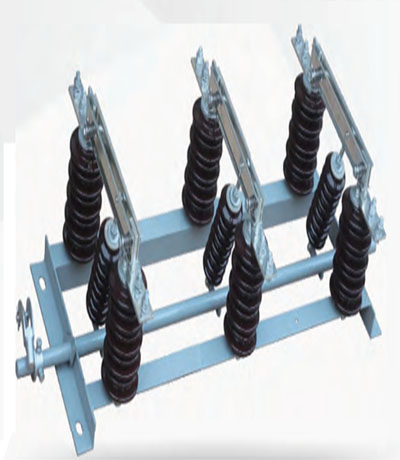Description
In electrical engineering, a disconnector, disconnect switch or isolator switch is used to ensure that an electrical circuit is completely de-energised for service or maintenance. Such switches are often found in electrical distribution andindustrial applications, where machinery must have its source of driving power removed for adjustment or repair. High-voltage isolation switches are used in electrical substations to allow isolation of apparatus such as circuit breakers, transformers, and transmission lines, for maintenance. The disconnector is usually not intended for normal control of the circuit, but only for safety isolation. Disconnector can be operated either manually or automatically (motorized disconnector).
Unlike load break switches and circuit breakers, disconnectors lack a mechanism for suppression of electric arc, which occurs when conductors carrying high currents are electrically interrupted. Thus, they are off-load devices, intended to be opened only after current has been interrupted by some other control device. Safety regulations of the utility must prevent any attempt to open the disconnector while it supplies a circuit. Standards in some countries for safety may require either local motor isolators or lockable overloads (which can be padlocked).
Disconnectors have provisions for a padlock so that inadvertent operation is not possible (lockout-tagout). In high-voltage or complex systems, these padlocks may be part of a trapped-key interlock system to ensure proper sequence of operation. In some designs, the isolator switch has the additional ability to earth the isolated circuit thereby providing additional safety. Such an arrangement would apply to circuits which inter-connect power distribution systems where both ends of the circuit need to be isolated.


Reviews
There are no reviews yet.